Today we are continuing to discuss all things IEP related. If you’d like to read Frequently Asked Questions about IEPs, check out the article here. Starting with this article will give you some background knowledge for our discussion today.
Today’s topic focuses on tips for preparing for an IEP meeting so you can feel calm and confident walking in the door, and prepared to work with your child’s school-age team to develop a plan and advocate for your child. These tips will be helpful whether you are an IEP newbie or are experienced in the world of IEPs.
1 | Share Your Child’s Strengths
Towards the start of the IEP, the team usually goes around and states the student’s strengths and what has gone well over the year. Be ready to share what your child is interested in and what they do well. Also, be prepared for the team to brag on your child, too! If the team forgets this part, it’s totally OK to mention that you are hearing a lot of weaknesses and you’d like to start by going around the table and hearing your child’s strengths and what is going well. This helps the team learn more about your child. Most teams really, really care about the children they serve. Once in awhile, things may get busy and this part may be forgotten. I think it’s one of the most important parts!
2 | Share Your Concerns
After strengths, you will be asked your concerns. Feel free to be as specific or general as possible. It’s sometimes helpful to think of these ahead of time so you can share. If you have questions, feel free to mention them now. They may be answered through the sharing of the IEP, at the end of the IEP, or right away.
3 | Consider Bringing a Note Taker or Support Person
Remember, you can bring someone! I recommend bringing someone who can take notes for you and who knows what types of questions you have ahead of time. Make sure to let the team know ahead of time who will be attending the meeting with you, so staff can update the paperwork. Have a conversation ahead of time of what you need from your support person.
4 | Review the Previous IEP
If you have an IEP from the previous year, take a look. Bring notes about which areas (such as behavior, speech and language, math) your child has goals, and what the service time is (how often they get services). This will help you prep and be ready for new goals.
5 | Reflect and Follow Up
Once the meeting is over, take some time to reflect. What went well? What didn’t go so well? Typically, you sign the IEP at the meeting if you are in agreement with the IEP. However, after you’ve had time to process, you may realize that you have a specific question for the Resource Teacher or the Occupational Therapist that you forgot to ask. If so, you can reach you child’s case manager (typically, whoever was facilitating the meeting, their name is also usually on the IEP cover page), and get information about how to contact that person. If you have a concern which would require a revision to the IEP, discuss this with your child’s case manager. It is within your rights to call a meeting when you have concerns about changes that need to be made to the plan. Also, you can consult your Parent Rights Handbook (sometimes called Procedural Safeguards) for more information about your rights.
I hope this article was helpful as you prepare for your next IEP meeting. Here is to a positive and successful meeting to come!






